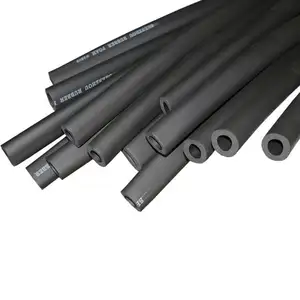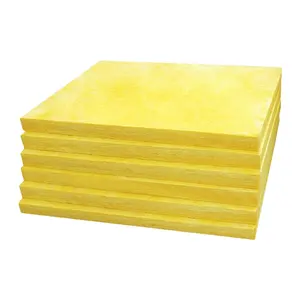Understanding Blown Insulation
Blown insulation is a type of insulation that is applied using a blowing machine, which effectively disperses insulating material into spaces where it is needed. This method is particularly useful for covering irregular spaces or for adding insulation to existing structures.
Types and Materials
There are various materials used in blown insulation, including fiberglass, cellulose, and mineral wool. Each material has unique properties that cater to different insulating needs. Fiberglass is known for its fire resistance and sound absorption, while cellulose is favored for its eco-friendly attributes, being made from recycled paper. Mineral wool, on the other hand, is recognized for its ability to withstand high temperatures and provide excellent soundproofing.
Applications of Blown Insulation
Blown insulation is versatile and can be used in a range of applications. It is commonly applied in residential and commercial buildings for thermal regulation. Its adaptability makes it suitable for insulating attics, walls, and crawl spaces, ensuring a uniform application even around pipes, wires, and other obstructions.
Features and Advantages
The primary feature of blown insulation is its excellent thermal performance, which contributes to energy efficiency in buildings. It is also known for its ease of installation in comparison to other forms of insulation. The process is relatively quick and can cover large areas efficiently. Additionally, certain types of blown insulation offer sound dampening qualities, enhancing the acoustic comfort of a space.
Environmental Impact and Sustainability
Many options within the blown insulation category are made from recycled materials, reflecting a commitment to sustainability. These eco-friendly choices not only help reduce waste but also minimize the environmental impact of insulation over its lifecycle.
Choosing the Right Blown Insulation
Selecting the appropriate blown insulation requires consideration of the specific needs of a project, such as thermal resistance, fire retardancy, and acoustic properties. It is important to assess the compatibility of the insulation with the intended application to ensure optimal performance.












































 浙公网安备 33010002000092号
浙公网安备 33010002000092号 浙B2-20120091-4
浙B2-20120091-4